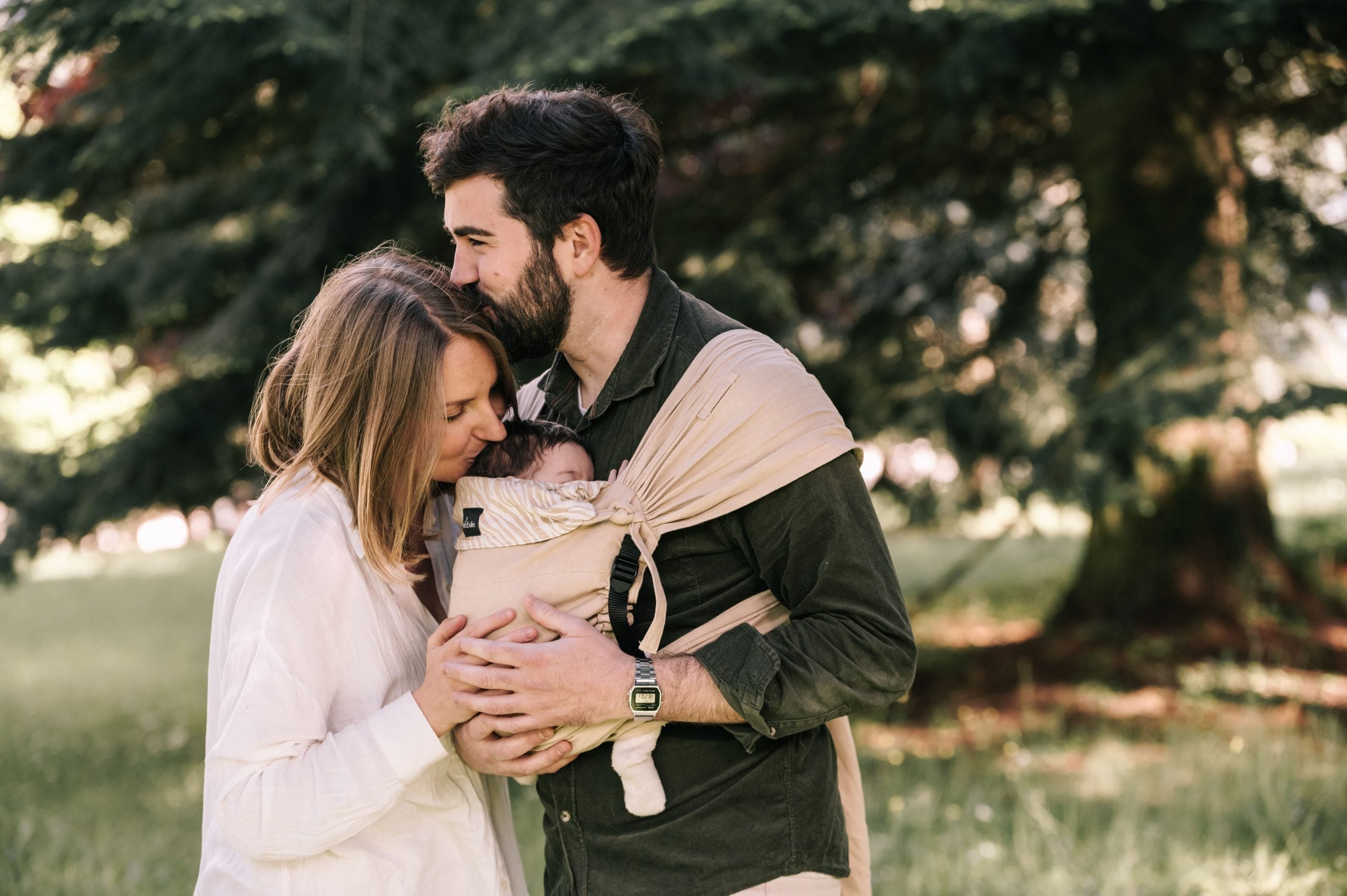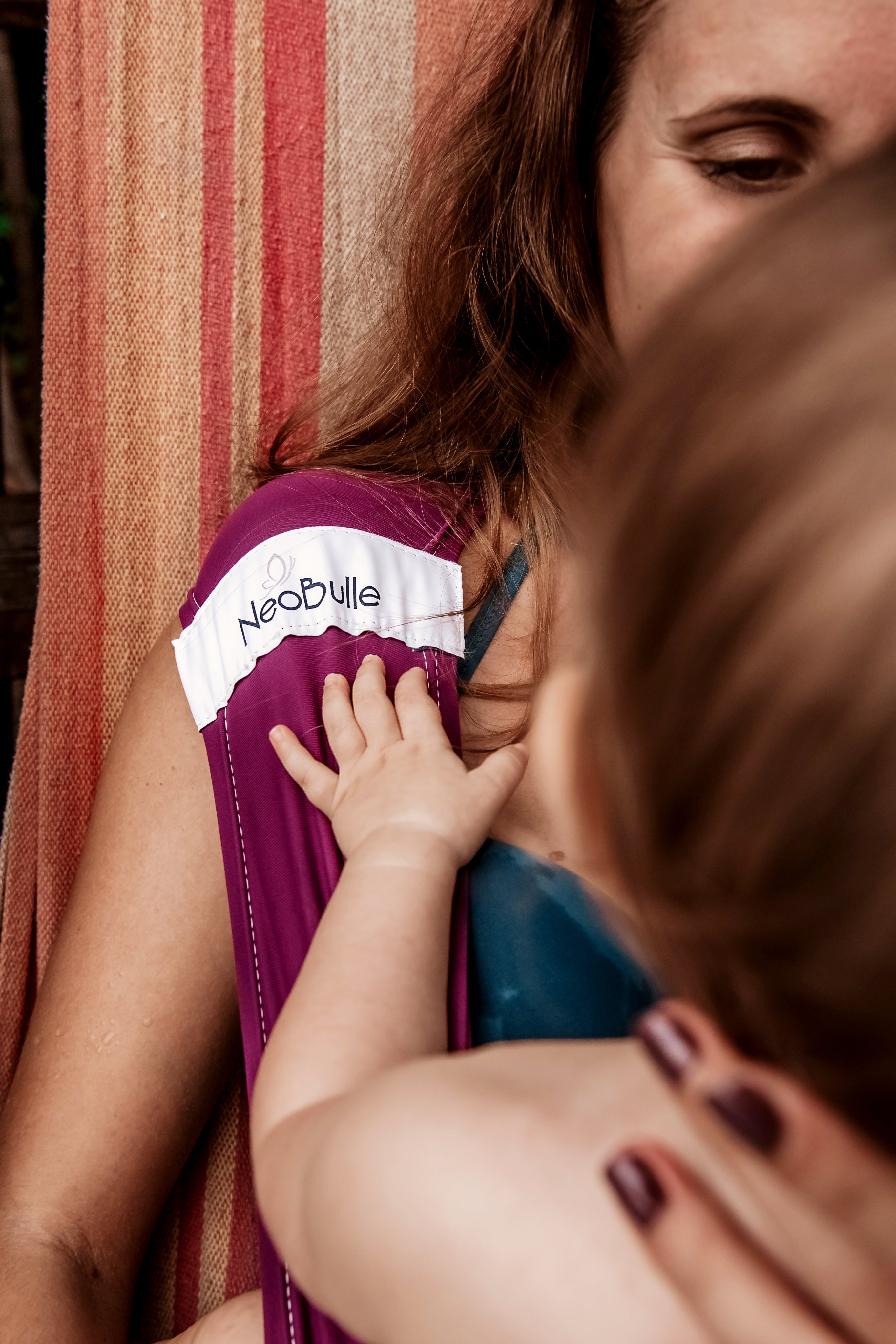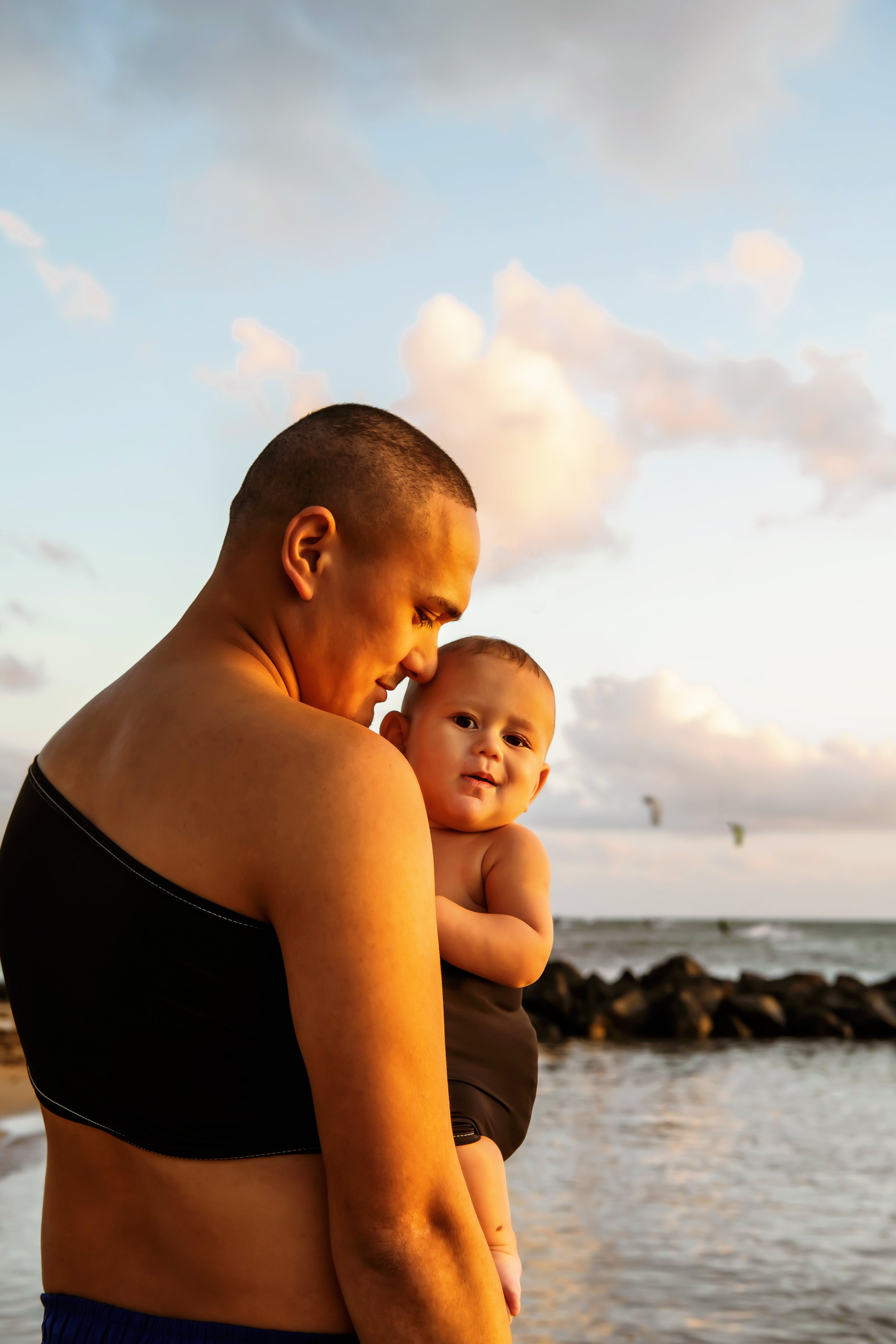
The role of the co-parent during childbirth: presence, support, and shared magic
The presence of a co-parent during childbirth has become a given for many. This intense moment, both physical and emotional, is no longer experienced alone.
Postpartum after a cesarean
Your labor was or will be by cesarean section and you don't know if carrying your little one is possible and if so under which conditions? This article is for you! The immediate postpartum, what precautions Whether after a vaginal birth or a cesarean, carrying your baby in your arms or using a carrier system is possible right after birth, but requires some precautions: Avoid pressure on the abdomen: the perineum being weakened by pregnancy, it performs its role less effectively and pressure on the belly tends to push the organs downward, increasing the risk of complications such as organ prolapse Take time to recover: pregnancy and childbirth are trials for the body; taking care of yourself allows to recover physically and psychologically Sometimes it is said that after a cesarean, you should wait a month before carrying your child. While it is true that a cesarean being an operation, recovery can sometimes take longer, the scar may take more or less time to heal, pain may be observed, and it is therefore important to be especially cautious not to push too hard. It is also worth noting that it is not realistic to imagine that the young mother will not carry her baby at all! Sometimes we find ourselves in very paradoxical situations where carrying a baby with a carrier is discouraged but where the new mother ends up carrying the baby in the stroller or in a car seat, which turns out to be much worse than the initially prohibited situation! A well-adjusted baby carrier allows distributing the load across the entire chest, often relieving tensions observed in the arms (tensing, fear of dropping the baby, baby appearing heavier) and overloading the abdomen, so it is a real ally, especially after a somewhat complicated delivery. Whether carried in arms or with a device, it is recommended to listen to your body: when a feeling of heaviness is felt in the perineum, if possible, it is strongly recommended to lie down to relieve the area. Which baby carrier to use? All physiological systems allowing to carry high on the chest (to avoid pressure on the abdomen, especially the scar which can be painful) are usable. In brief: Carrying scarves Slings Mei-tai carriers Preformed carriers allowing high shoulder carrying (Neo or MyNeo, for example) Preformed baby carriers that distribute the load only on the pelvis are not recommended, not least because the waistband will be positioned directly on the scar! Non-physiological baby carriers that do not allow a proper fit and promote the baby hanging on the caregiver's body will tend to put more strain on the abdomen to compensate for their poorer stability. You understand, using a carrying system after a cesarean is entirely possible. It is always important to listen to your body and not push yourself in case of pain or heaviness. Remember that baby carriers are not meant to allow you to tidy up the house immediately postpartum: rest is essential above all!




